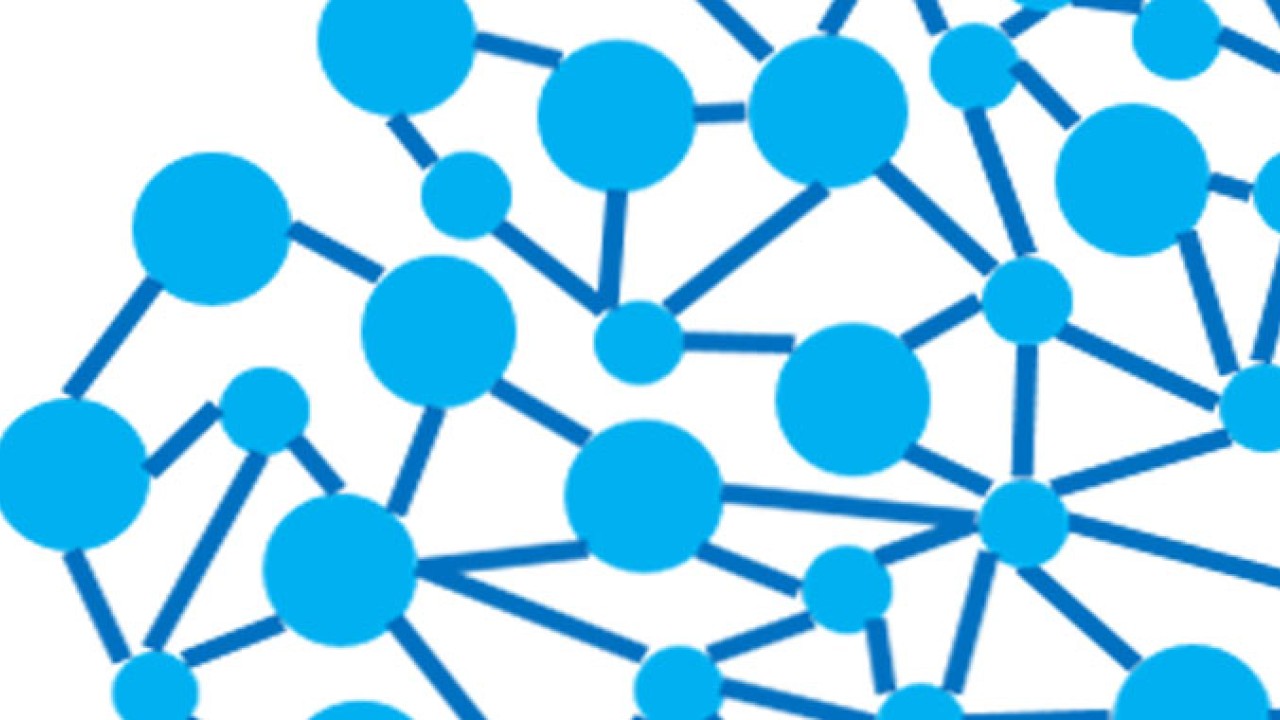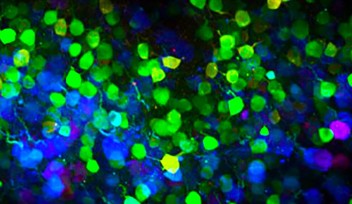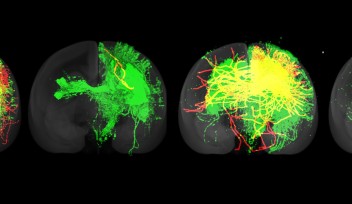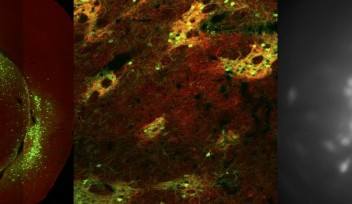OIST and Fujitsu Collaborate to Develop New Algorithms for Artificial Intelligence

The Okinawa Institute of Science and Technology Graduate University (OIST) and Fujitsu Laboratories Ltd. have embarked on a joint research project to facilitate more human-like learning processes in artificial intelligence (AI). Using the latest insights from brain science, the collaborators will investigate what happens in the human brain when it learns something new, and transform these mechanisms into algorithms for use by AI.
Humans learn by interacting with our environment and observing the results of our actions. For instance, if you try a fresh apple for the first time, the sweet taste acts as a reward so that the brain learns to seek out apples again in the future. However, if you eat a moldy apple that makes you feel sick, your brain will quickly learn to avoid moldy-looking apples, only selecting the fresh-looking ones to eat. This is a process known as reinforcement learning. And even if you travel to a different country where the apples look slightly different, your brain will know to apply what it has learned from past experience in this new context. In such a way, the human brain is constantly fine-tuning things that it has learned and applies these rules when presented with a new problem in a different context.
In computers, reinforcement learning enables them to select the appropriate behavior or action in a given circumstance. However, unlike the human brain, computers are less good at adapting to new situations. They often need a human operator to preset some key information or go through the whole learning process again each time a new problem is presented. Consequently, current reinforcement learning technology has limited applications in the real world.
After a short pilot study between March and June this year, this new research, spearheaded by OIST’s Neural Computational Unit and Fujitsu Laboratories, commenced in July and will continue until March 2017. OIST researchers will focus on creating algorithms based on insights from human brain science, and Fujitsu Laboratories will help design these algorithms with engineering in mind. By producing algorithms with the same level of adaptability as the human brain, OIST and Fujitsu Laboratories hope to enhance the possibilities of this technology.

“Insights from the brain will have many real world applications,” says Professor Kenji Doya who leads OIST’s Neural Computation Unit. This research could be used to improve the technology of driverless vehicles – a contemporary example of reinforcement learning in action. “In autonomous driving, the program must decide which features in the camera and other sensors it should rely on, select different strategies like smoothness or carefulness according to the situation, and must work well when it is installed in a new car on a different continent,” says Professor Doya. This exciting new collaboration could help these aims reach fruition.

Read the English press release by Fujitsu Laboratories Ltd.
Research Unit
For press enquiries:
Press Inquiry Form
















